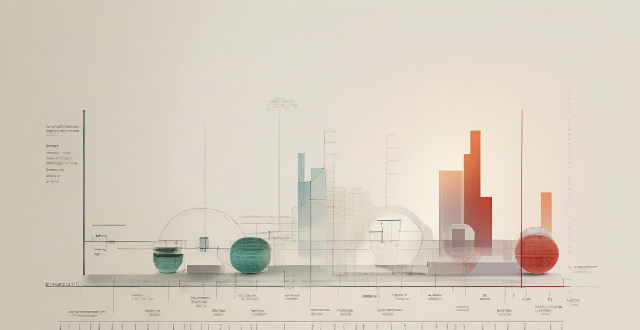Data analytics is crucial for identifying opportunities for energy efficiency improvements in industry. It enables real-time and historical monitoring, benchmarking, process optimization, predictive maintenance, and demand response management. These insights help companies reduce energy waste, cut costs, and minimize environmental impact.

How Data Analytics Can Help Identify Areas for Energy Efficiency Improvements in Industry
Data analytics plays a crucial role in identifying areas for energy efficiency improvements in the industrial sector. By analyzing large amounts of data, companies can gain insights into their energy consumption patterns and identify opportunities for optimization. Here are some ways data analytics can help:
1. Energy Consumption Monitoring
- Real-time tracking: Data analytics tools allow for real-time monitoring of energy consumption across various operations and processes. This enables companies to quickly identify any anomalies or inefficiencies that may be causing unnecessary energy waste.
- Historical analysis: By analyzing historical energy consumption data, companies can identify trends and patterns that may indicate areas for improvement. For example, they might discover that certain equipment or processes consistently consume more energy than others.
- Benchmarking: Data analytics can also help companies benchmark their energy consumption against industry standards or similar operations. This allows them to see how they compare and identify potential areas for improvement.
2. Process Optimization
- Equipment performance analysis: Data analytics can help identify which pieces of equipment are performing efficiently and which ones are not. This information can guide maintenance schedules and replacement decisions, ensuring that only high-performing equipment is used.
- Process adjustments: By analyzing data on energy consumption during different stages of production, companies can identify areas where process adjustments could lead to significant energy savings. For example, they might find that adjusting the temperature or pressure during a particular stage of production reduces energy consumption without affecting product quality.
- Automation: Data analytics can also help identify opportunities for automation, which can reduce energy consumption by minimizing human error and improving efficiency.
3. Predictive Maintenance
- Fault detection: Data analytics tools can detect faults in equipment before they become major issues, allowing for timely repairs that prevent energy waste due to inefficient operation.
- Maintenance scheduling: By analyzing data on equipment usage and performance, companies can create maintenance schedules that minimize downtime and ensure that all equipment is operating at peak efficiency.
- Lifespan prediction: Data analytics can help predict the lifespan of equipment, enabling companies to plan for replacements well in advance and avoid sudden equipment failures that could lead to significant energy waste.
4. Demand Response Management
- Load forecasting: Data analytics can help predict future energy demand based on historical usage patterns, allowing companies to plan their energy usage more effectively and avoid peak demand charges.
- Demand response strategies: By analyzing data on energy prices and demand levels, companies can develop strategies for reducing their energy consumption during periods of high demand or cost, such as shifting non-critical operations to off-peak hours.
- Renewable energy integration: Data analytics can help companies optimize the use of renewable energy sources, such as solar or wind power, by predicting when these sources will be most productive and adjusting their energy usage accordingly.
In conclusion, data analytics provides numerous opportunities for identifying areas of energy efficiency improvement in the industrial sector. By leveraging the power of data analytics, companies can make informed decisions about their energy consumption and implement strategies that reduce costs while minimizing their environmental impact.